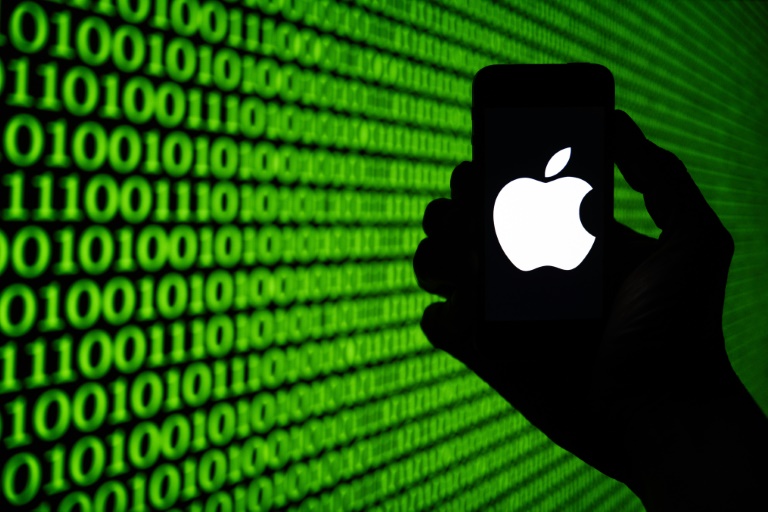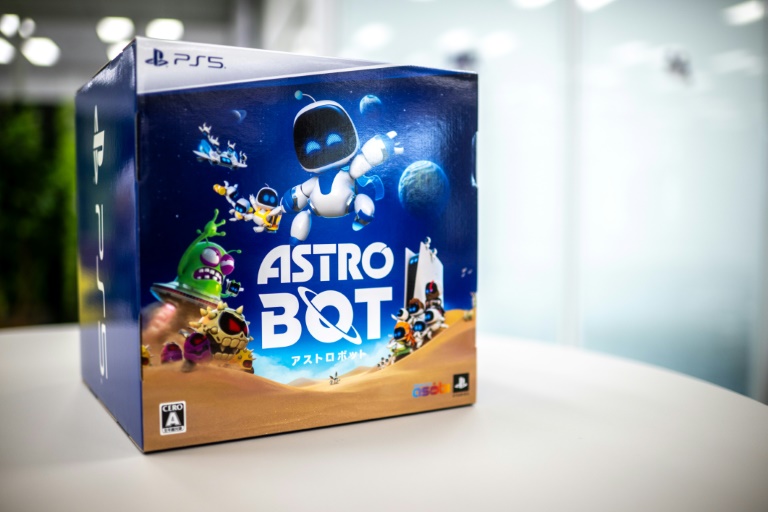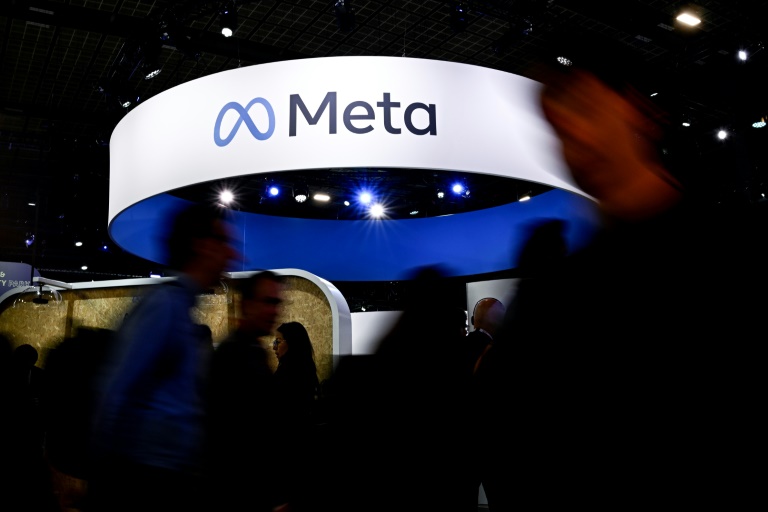Microsoft and OpenAI are joined at the hip, with Microsoft investing $13 billion in the pioneering generative AI (genAI) company; holding a seat on its board; and using OpenAI’s ChatGPT technology in its Copilot tool (now built into virtually its entire product line).
And that’s just the beginning of the relationship. The tag team of Microsoft President Brad Smith and OpenAI CEO Sam Altman have lobbied elected leaders to fend off federal AI regulations, wined and dined members of Congress, and become their go-to experts about everything AI.
When Altman was briefly ousted as OpenAI chairman, Microsoft CEO Satya Nadella lobbied behind the scenes to get him reinstated. And he was.
The US, UK, and European Union are all worried enough about the tight Microsoft-OpenAI connection that they’re investigating it for possible anti-trust violations. Elon Musk is suing OpenAI, claiming the company was founded to share its AI with the world by open sourcing its technologies, which it abandoned thanks to the relationship with Microsoft. His lawsuit claims, “OpenAI has been transformed into a closed-source de facto subsidiary of the largest technology company, Microsoft.”
Despite all that, it’s becoming clear that the relationship is more fraught than it seems, with more than the usual behind-the-scenes sniping going on. OpenAI has tried to steal Microsoft customers and is preparing for life after its relationship with Microsoft ends. Microsoft, for its part, is investing billions into genAI technology that can compete against OpenAI, and Microsoft CEO Satya Nadella seems to believe he’s already got all the OpenAI tech he wants under lock and key.
More and more, the two companies seem more like frenemies than BFFs. Here’s why, and what that means.
2024-05-20 13:00:03
Article from www.computerworld.com




















